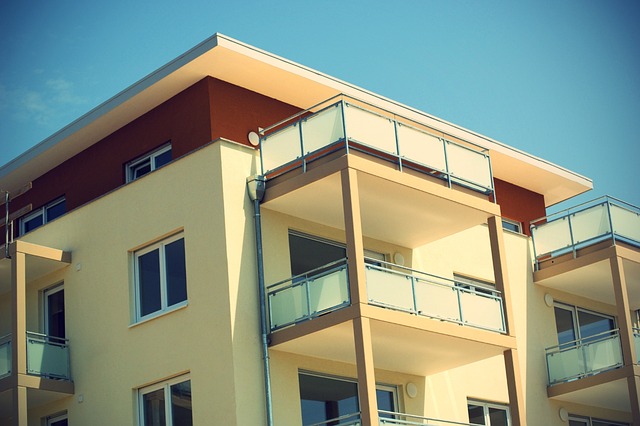In real estate, understanding turnover rates is crucial for strategic decision-making. High turnover rates indicate market dynamics like low tenant satisfaction or economic conditions. Tracking these rates helps professionals anticipate shifts and optimize pricing, leasing, and maintenance strategies. Regular cleaning between tenancies preserves property value, attracts new tenants, reduces vacancy periods, increases tenant satisfaction, and retention. Implementing strategies that prioritize tenant retention boosts property value and long-term tenant happiness.
High turnover rates in real estate can significantly impact property management. This article delves into the understanding of turnover rates, focusing on their frequent cleaning requirements. By examining the effects on property value and tenant satisfaction, we uncover the importance of proactive cleaning strategies. In today’s competitive market, minimizing vacancy is key to maintaining a robust real estate portfolio. Stay ahead with efficient cleaning practices to ensure properties remain desirable and well-maintained, ultimately enhancing long-term investment success.
Understanding Turnover Rates in Real Estate

In the dynamic world of real estate, understanding turnover rates is crucial for property managers and investors alike. Turnover refers to the frequency at which properties change hands between tenants or owners. High turnover rates can be indicative of various factors within a market, such as low tenant satisfaction, favorable economic conditions encouraging sales, or rapid urban development. By closely monitoring these rates, professionals in the industry can anticipate market shifts and make informed decisions regarding property pricing, leasing strategies, and maintenance planning.
Frequent cleaning is often a direct consequence of high turnover. As properties change hands more regularly, ensuring a fresh and appealing space for new occupants becomes essential to maintaining market competitiveness. This not only involves deep cleaning after each move-out but also adopting proactive measures to keep spaces in top condition between tenants. In real estate, where first impressions are vital, maintaining cleanliness can significantly impact a property’s resale value or rental appeal, further emphasizing the need for efficient turnover management and regular cleaning routines.
Frequent Cleaning: A Preventive Measure

In the competitive world of real estate, high turnover rates among tenants is a common challenge. To maintain a desirable and occupied property, frequent cleaning becomes an essential preventive measure. Regular maintenance not only ensures a hygienic living environment but also plays a pivotal role in preserving the property’s value. By implementing rigorous cleaning schedules between tenancies, landlords can mitigate the buildup of dirt, dust, and potential damage, thus attracting new tenants with a fresh and appealing space.
This proactive approach is particularly crucial for real estate investments as it reduces the time a property remains vacant. A clean unit is more marketable, increasing the chances of quickly securing a new tenant. Moreover, consistent cleanliness can foster a positive reputation for the property manager or landlord, encouraging tenant satisfaction and long-term retention.
The Impact on Property Value and Tenant Satisfaction

High turnover rates in a real estate property can significantly impact both its value and tenant satisfaction. When tenants frequently come and go, it creates a cycle of disruption, leading to a diminished sense of community and stability. Tenants often seek properties with consistent environments, where they feel a sense of belonging and security. A high turnover rate may indicate issues with the property’s management or a lack of amenities that cater to potential residents’ needs.
This constant flux can devalue the real estate asset over time. Property investors and owners should be mindful of tenant retention strategies to foster a positive living environment. By addressing maintenance concerns promptly, ensuring fair rental policies, and promoting community engagement, landlords can reduce turnover rates, thereby enhancing property value and boosting tenant satisfaction in the long run.






